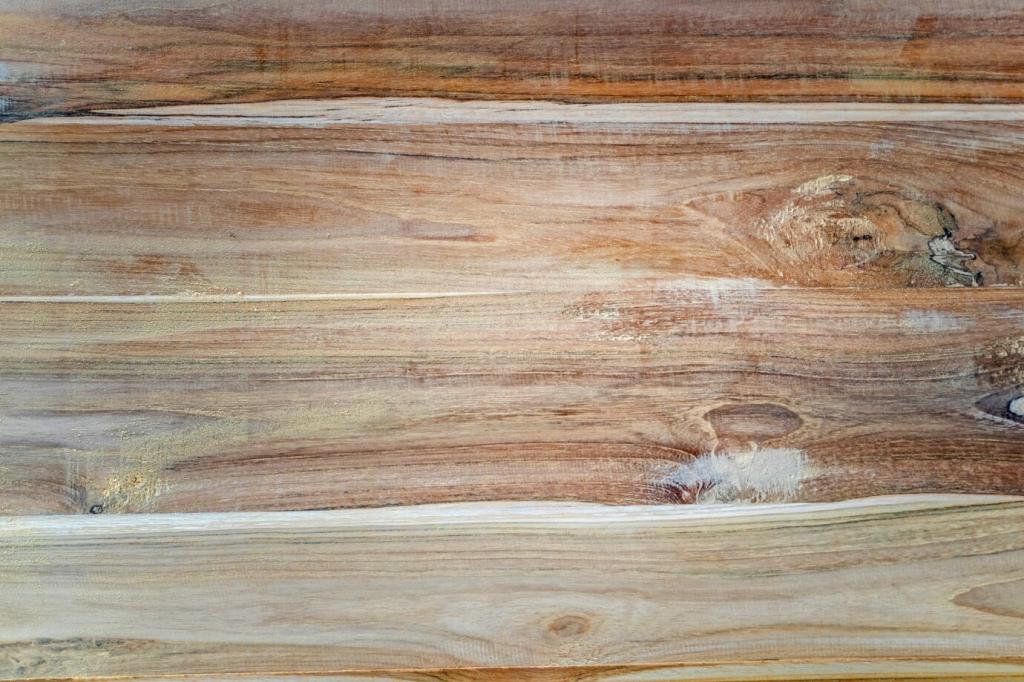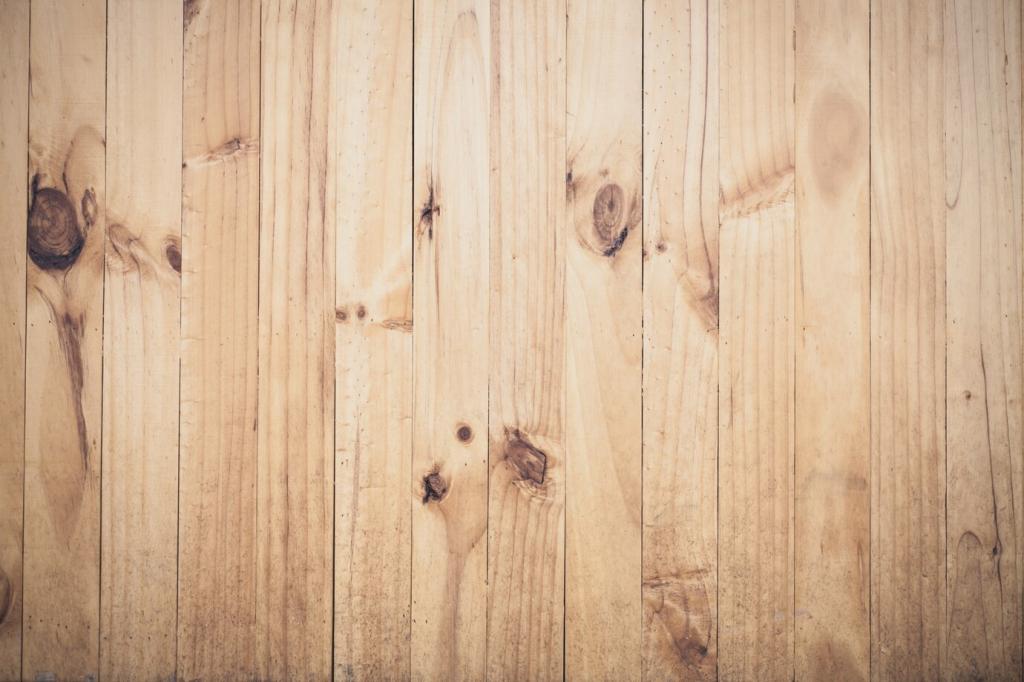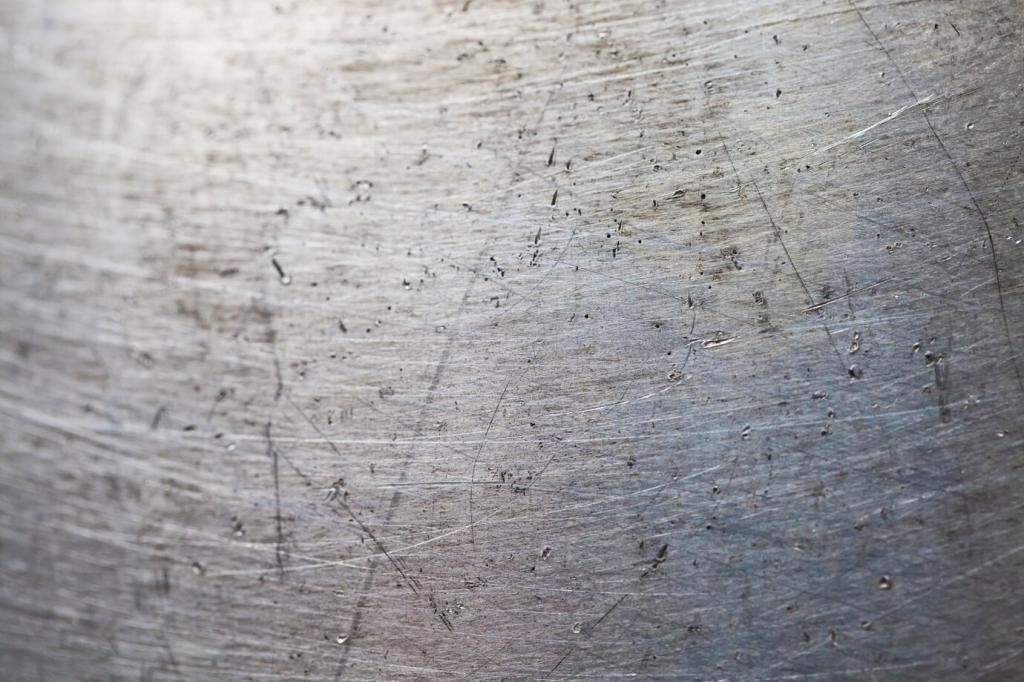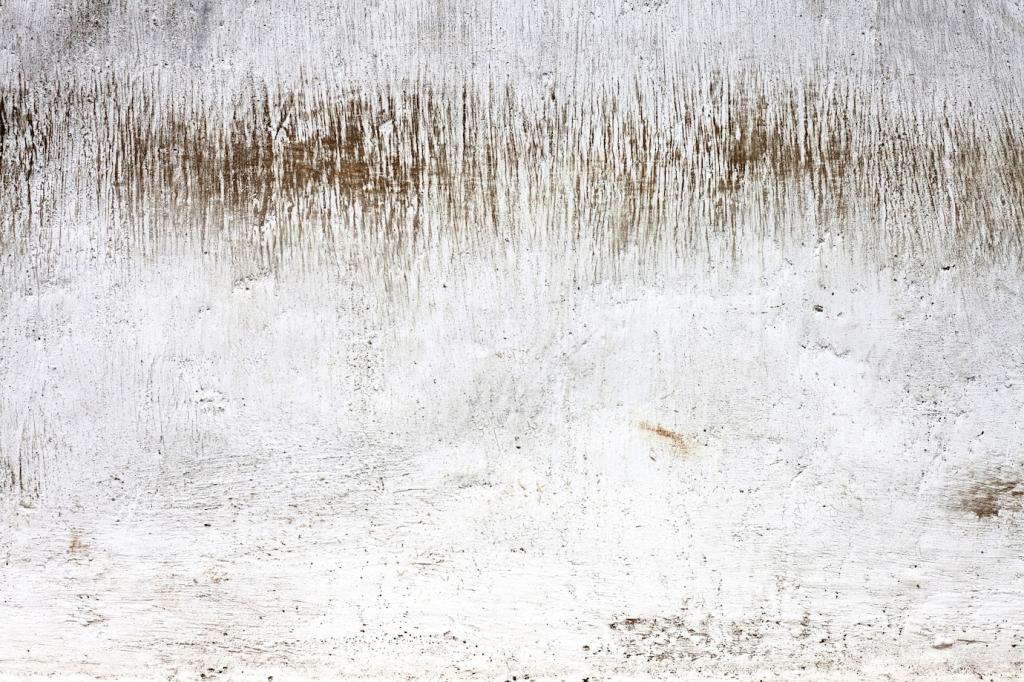City Futures: Urban Planning with Sustainable Exteriors in Mind
Chosen theme: Urban Planning with Sustainable Exteriors in Mind. Step into a thoughtful vision of streets, parks, and building skins that work with climate, culture, and community. Join our journey, share your insights, and subscribe to follow real-world examples shaping resilient neighborhoods.
Green Infrastructure as the Urban Backbone
Urban trees can lower peak temperatures, filter particulates, and invite walking even on hot days. A resident once told me their block became a summer gathering place after a canopy project, because shade transformed empty sidewalks into social rooms.
Permeable pavers and porous asphalt reduce flooding and replenish groundwater. When a schoolyard replaced its old surface, parents noticed puddles vanished, and children returned to outdoor play minutes after rain instead of waiting for soggy fields to drain.
Vegetated roofs insulate buildings, host pollinators, and slow runoff. A café owner described herbs thriving atop their shop, harvesting mint for iced tea while cutting summer cooling bills and drawing curious neighbors to rooftop tours.

Permeable, Recycled Aggregates under Foot
Recycled glass and reclaimed concrete can form strong, permeable paths that sparkle slightly in sun. Maintenance crews often report fewer freeze-thaw cracks, and neighbors feel pride knowing yesterday’s debris became today’s walkable, storm-ready surface.
Timber, Bamboo, and Bio-Composites in the Façade
Properly detailed mass timber and engineered bamboo weather gracefully while storing carbon. A community center’s wood fins silvered over seasons, becoming a local timepiece that residents photograph as light and texture shift throughout the year.
Cool Coatings to Raise Urban Albedo
High-reflectance paints and tiles reduce heat absorption on roofs and plazas. One housing co-op measured stairwell temperatures dropping after a coating upgrade, making upper floors comfortable without boosting energy use during summer spikes.
Water-Sensitive Cities and Everyday Resilience
Rain Gardens that Invite Butterflies and Neighbors
Curbside rain gardens slow runoff and host native plants that buzz with life. A volunteer group named their planters after local streams, turning maintenance days into storytelling walks about watersheds people had only seen on maps before.
Bioswales Along Complete Streets
Linear bioswales filter sediment and capture oils before water reaches drains. A bus corridor retrofit added sedges and small boulders, and riders say the route feels calmer, with birdsong blending into the morning commute rhythm.
Reuse Every Drop with Greywater
Capturing sink and shower water for irrigation can ease pressure on municipal systems. A mid-rise courtyard swapped thirsty turf for native grasses, irrigated with treated greywater, and tenants now compare seasonal blooms like baseball fans track stats.
Biodiversity Corridors Woven into the Streetscape
Linking planters, medians, and rooftops creates reliable nectar stops through dense districts. A librarian started a seed swap beside a bike lane planter, and soon the route became a seasonal parade of bees and color that cyclists celebrate each spring.


Mobility, Shade, and the Comfort of Movement
Sheltered stops with permeable paving and trees make waiting feel shorter and safer. Students at one campus designed a shaded bus court, and ridership jumped as the space began hosting pop-up poetry nights beneath the canopy.
Mobility, Shade, and the Comfort of Movement
Continuous shade, textured paving, and bioswales create gentle microclimates for walkers and wheelers. A grandmother timed her errands along a treed corridor, saying the route felt like a string of small courtyards stitched into the city’s fabric.
Community Co-Creation and Long-Term Stewardship
Workshops where people map heat, wind, and puddles produce smarter designs. A teen sketched a shaded shortcut behind shops, and months later that alley upgrade became the neighborhood’s favorite, well-lit passage home from evening classes.

Data, Policy, and Financing that Scale Impact
Policies that require tree cover, permeable area, and shade near transit make benefits predictable. One district tied approvals to heat-reduction targets, and projects responded with layered canopies and reflective surfaces that measurably cooled blocks.
Data, Policy, and Financing that Scale Impact
Models paired with sensors reveal which plazas overheat or flood. A pilot mapped summer hotspots, then added shade sails and misting fountains; post-upgrades, foot traffic rose and afternoon dwell time doubled despite persistent heat waves.


